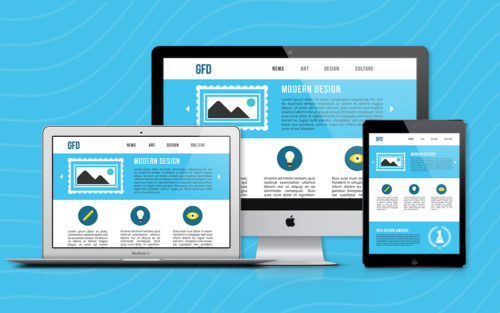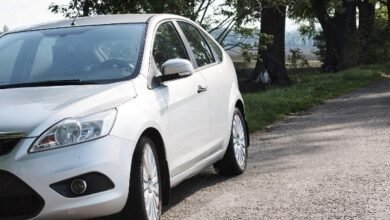
Website design is vital to a company’s marketing strategy. Your website’s design will affect how many people visit and what they do.You’re not helping your company. your design isn’t user-friendly or reflects your brand.
What makes a good website Design?

The design should be easy to use, Good website design load quickly, look good, and match your brand. All of these are important for user experience.Design isn’t just about looks, though.Good website design helps visitors find what they need and navigate without getting lost.
- Simplify
Good website design emphasizes simplicity. It’s important for readability and usability. Good Website design trends aren’t always best.People who want to stand out use complicated templates and elements.Simple designs are easy to use and clear. Keep your website clean and clutter-free.A minimalist website design isn’t required. When adding details, make sure they’re relevant and useful.Simple, easy-to-navigate sites let content shine.
2.Consistency

Consistent design is good.Consistency, design principlesConsistent designs. Across channels build audience trust and credibility. If you have a website Digital marketing materials .Seeing the same message, colors, and identity across channels reinforces the brand. This shows your readers that you’re a consistent brand.If you’re promoting your business on multiple platforms.make sure the design and tone are consistent.
- Readability
People won’t read unattractive content.Choose fonts that complement your website’s content.
Webfonts (Source: Fontpair)Avoid fancy fonts on websites. Instead, use professional, easy-to-read fonts.It’s also helpful to bold and capitalize key phrases. You can also use different font sizes to improve readability.Use smaller fonts of varying sizes to break up your page.And help your readers see each section.Too small or too large fonts can be hard to read on a computer or mobile device.
- Mobile-responsive
Creating a mobile-friendly, responsive website is crucial for success.Mobile devices account for 60% of website traffic.Mobile-responsive.Users want to quickly navigate your site, so make it mobile-friendly.Use a responsive design to adapt the layout to a computer, tablet, or phone.
- Imagery, color palette
Website design offers millions of color combinations. You don’t want it to be too broad or colorful.swatchesUse three to five colors in your design.Your design shouldn’t have too many images. Use brand, service, and product images. You shouldn’t include irrelevant or useless images.Visual style and tone are important when designing a website.Keep the design simple and clean for easy navigation.Your website doesn’t need a complicated design with many images and elements. You need a simple, clean, modern, and easy-to-navigate design.
- Speed
These days of instant gratification, you want a fast website. Your website’s load time affects customer retention.You don’t want readers to spend too much time. On your site when searching or buying. Use a fast WordPress theme to speed up your site. Here’s how Astra-themed website performs. Astra PageSpeeIt scores 100 on PageSpeed Insights and loads quickly.Impressions matter. People won’t revisit a slow website.It could cause people to leave your website before finding what they need.
- Navigability
Modern website design requires easy navigation.You want simple navigation with a logical link hierarchy. Visitors can then easily navigate your website.Make sure your page navigation is consistent.Use a navigation menu, structured navigation, or a navigation bar.
8.Communication
Communication drives website design. Your website designs should communicate effectively so potential clients can understand your information.You can do this by using images, color palettes, and typography to communicate brand values and personality.
Where to look for ideas regarding the design of websites
Putting together a website from scratch can be a challenging endeavor. Because there are so many different platforms and design movements, it can feel like it’s next to impossible to differentiate oneself from the competition.Inspiration for the design of websites can be found anywhere. The only thing left to do is search for it. Nature, poetry, art, music, and so on can all serve as sources of inspiration for creators.You are in luck because there are a number of different locations from which you can draw ideas for your new website.We wouldn’t want to saturate you with too many different choices, so we won’t.As a result, I have compiled a list of some of the most useful sources for website design inspiration, which ought to be more than helpful to you.




